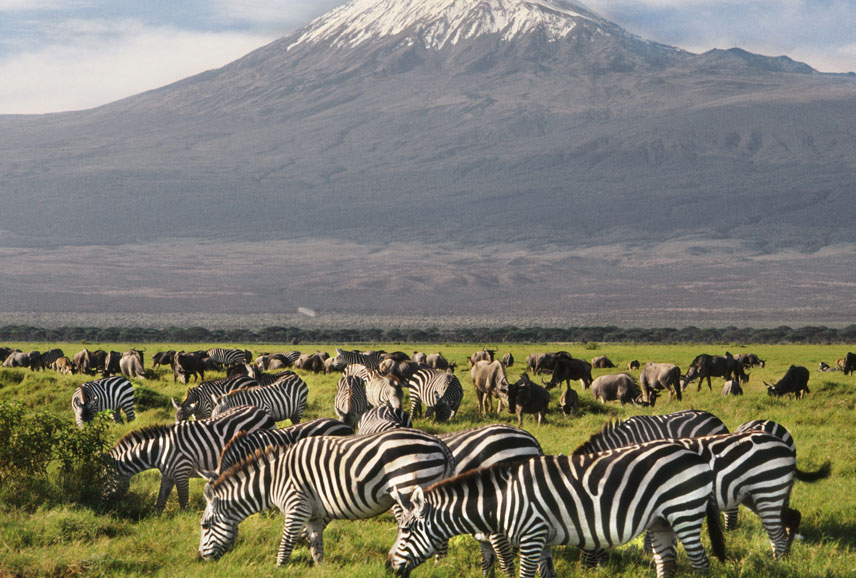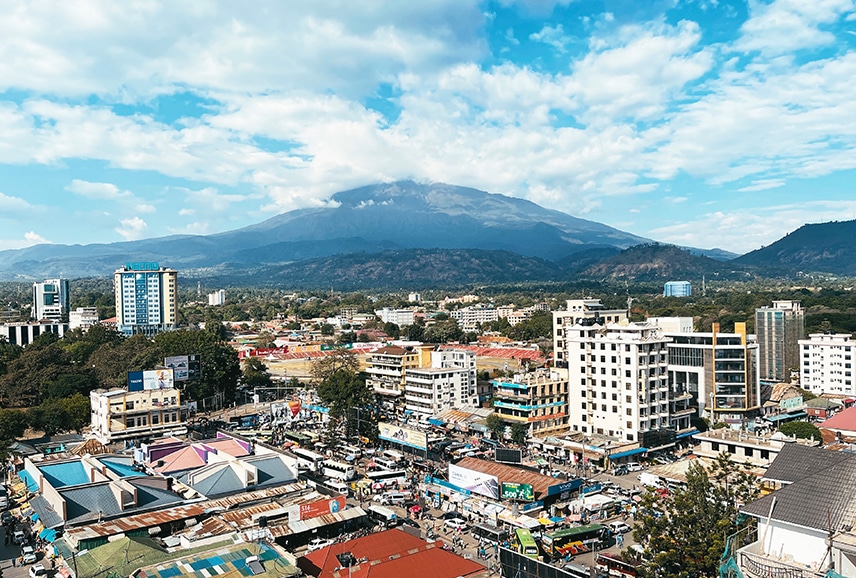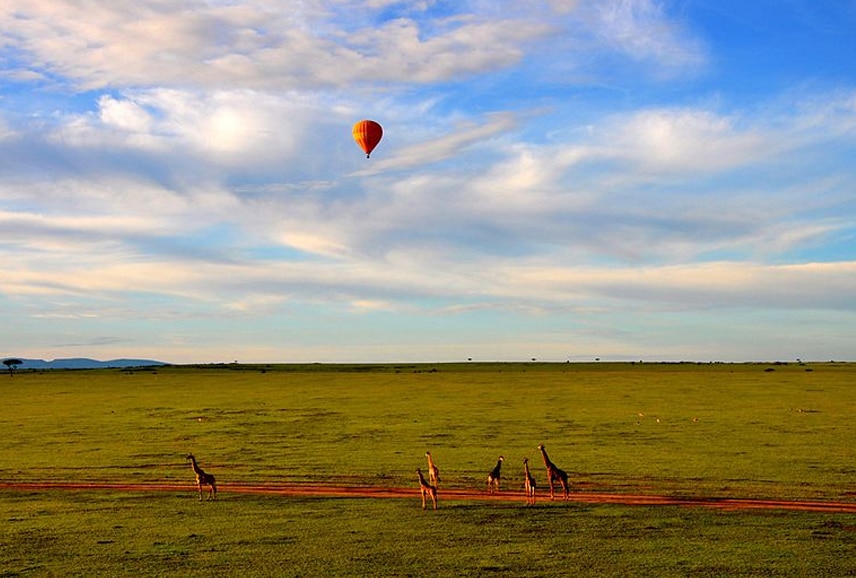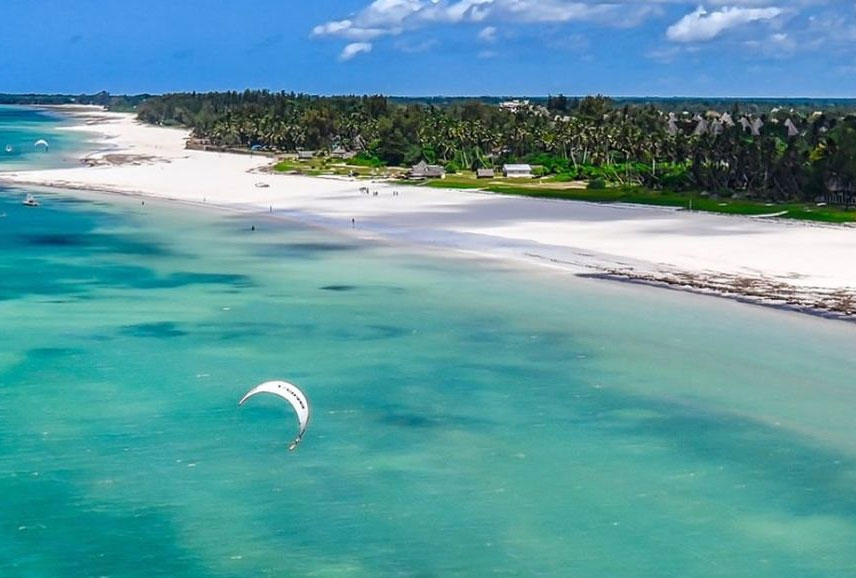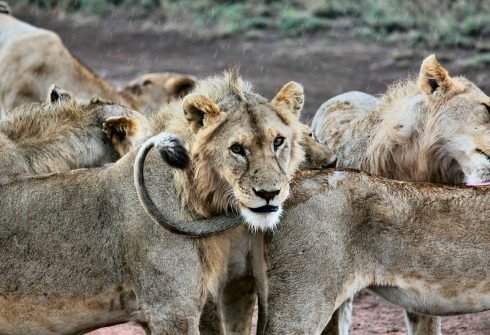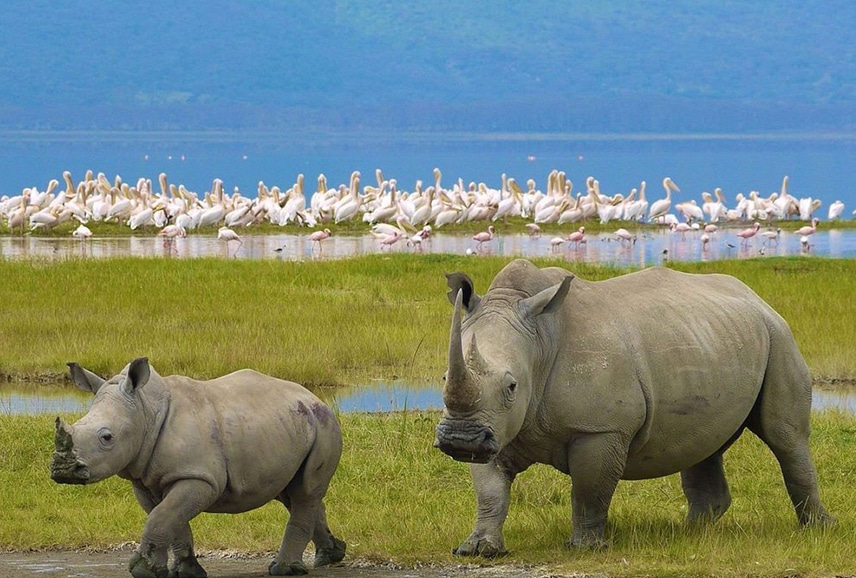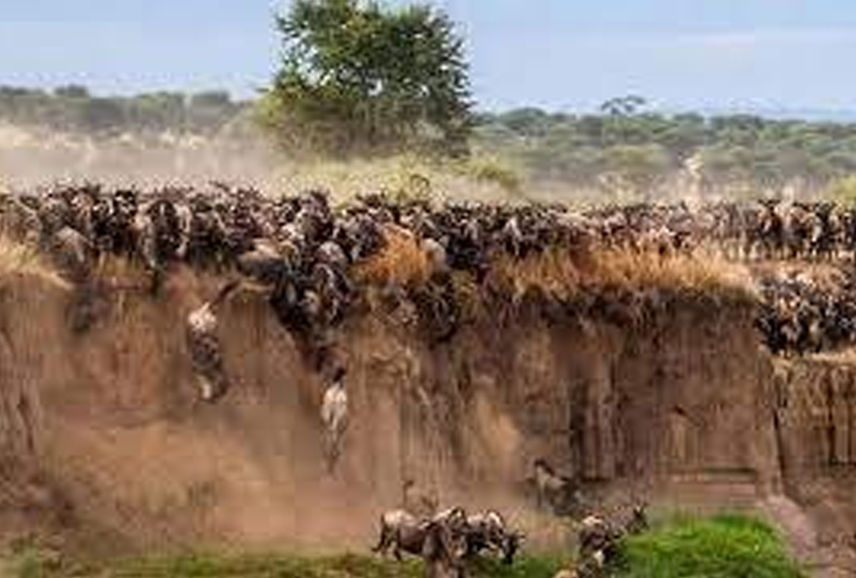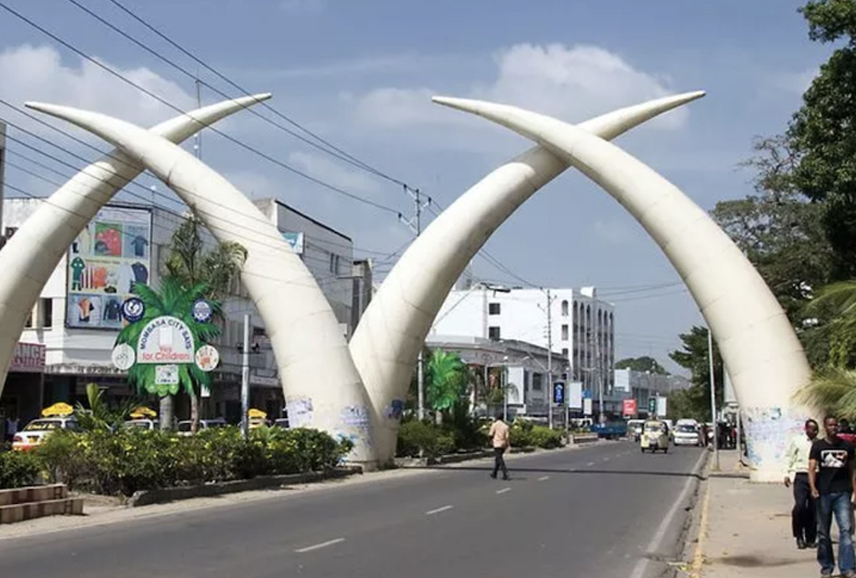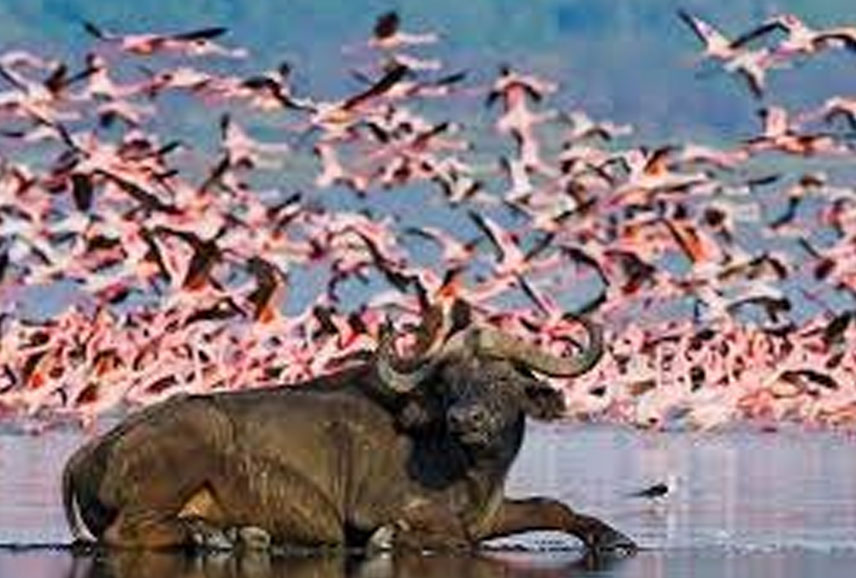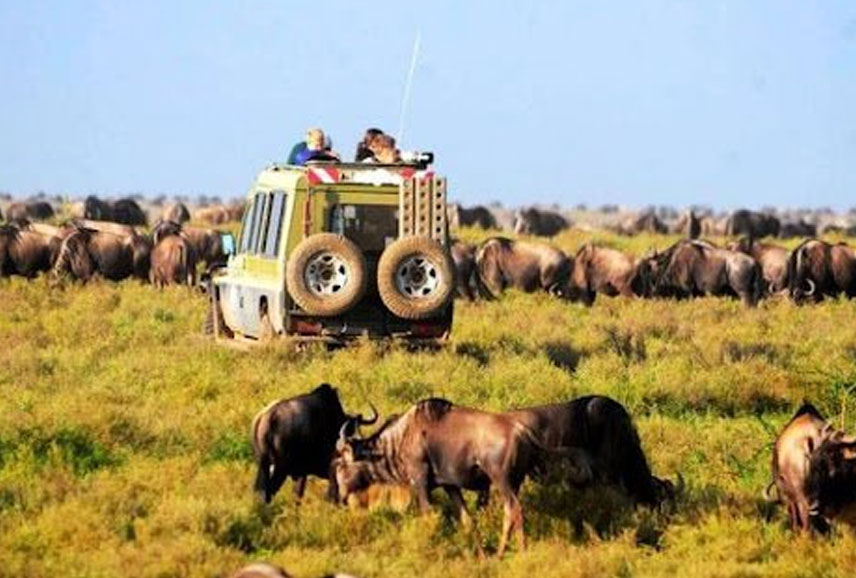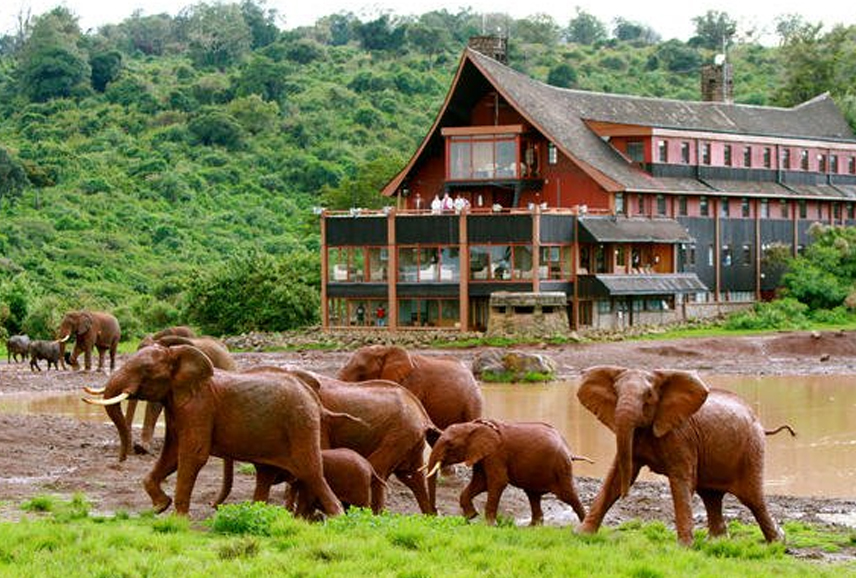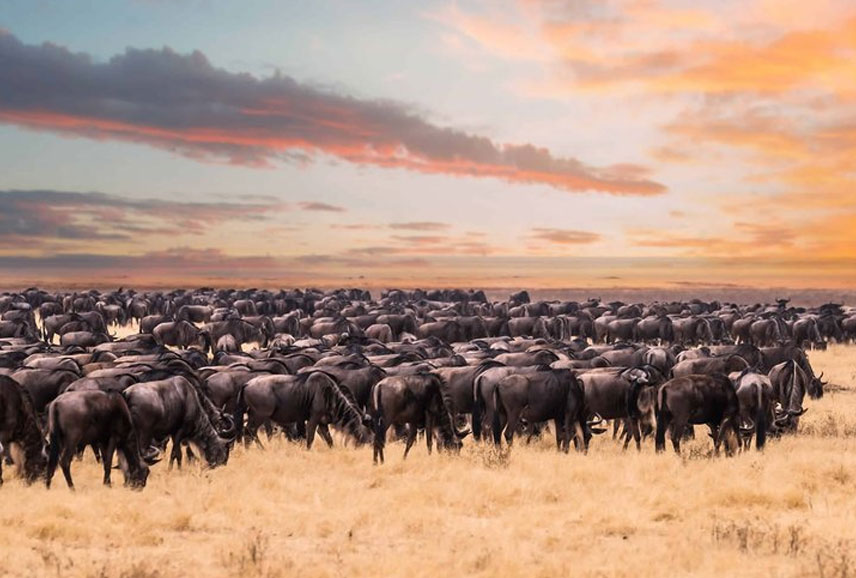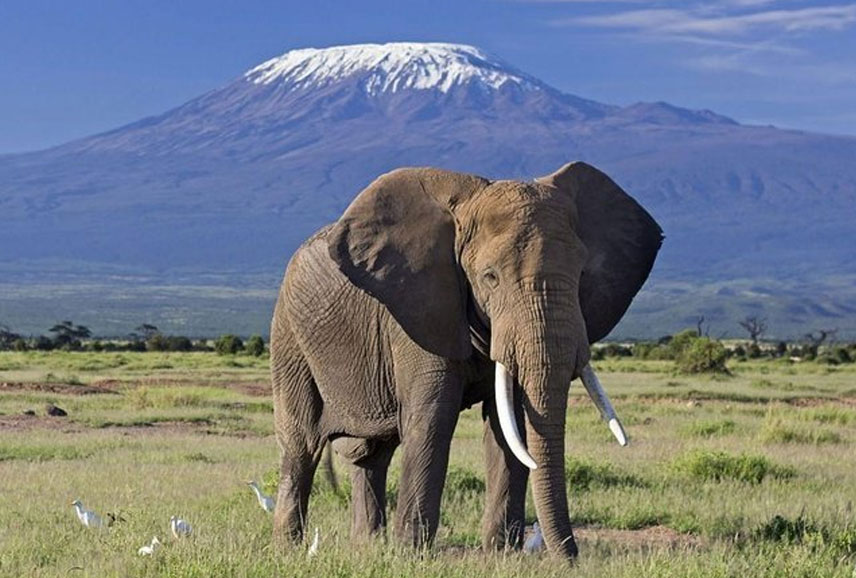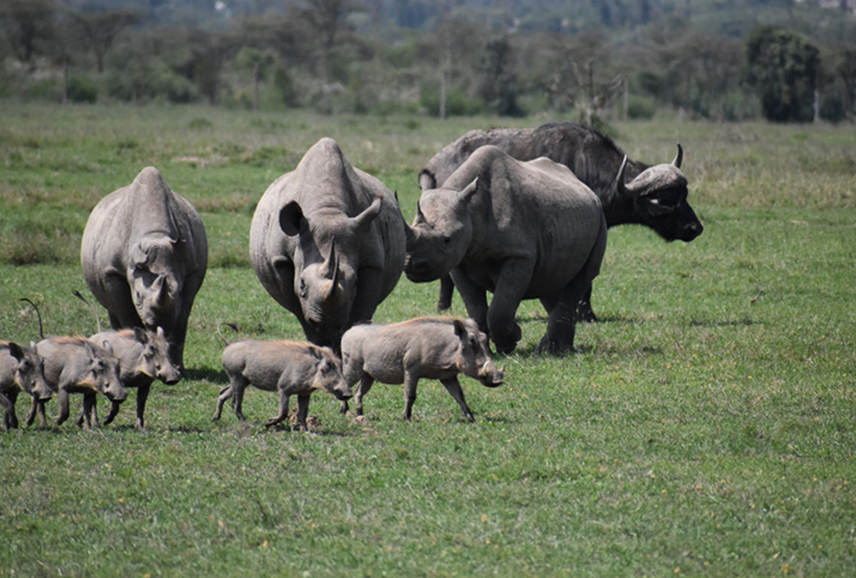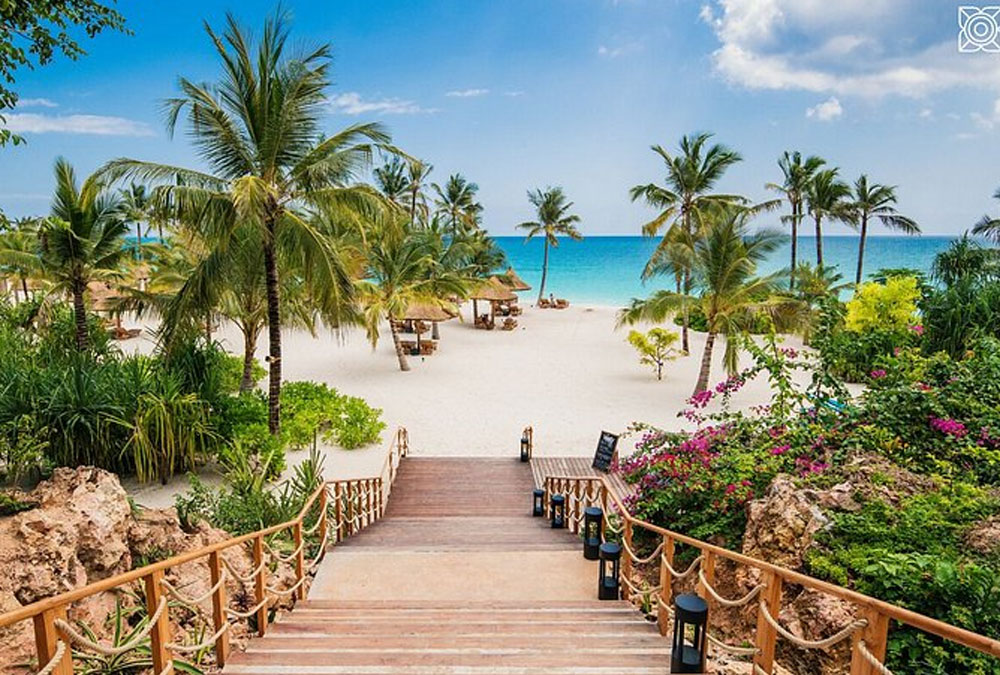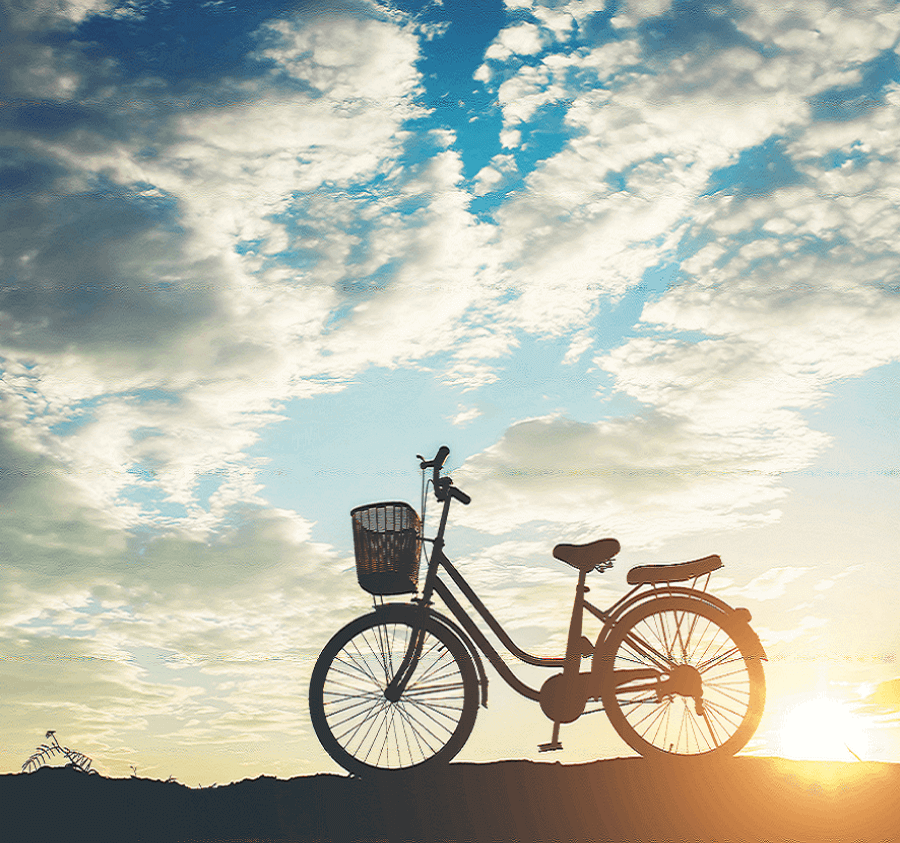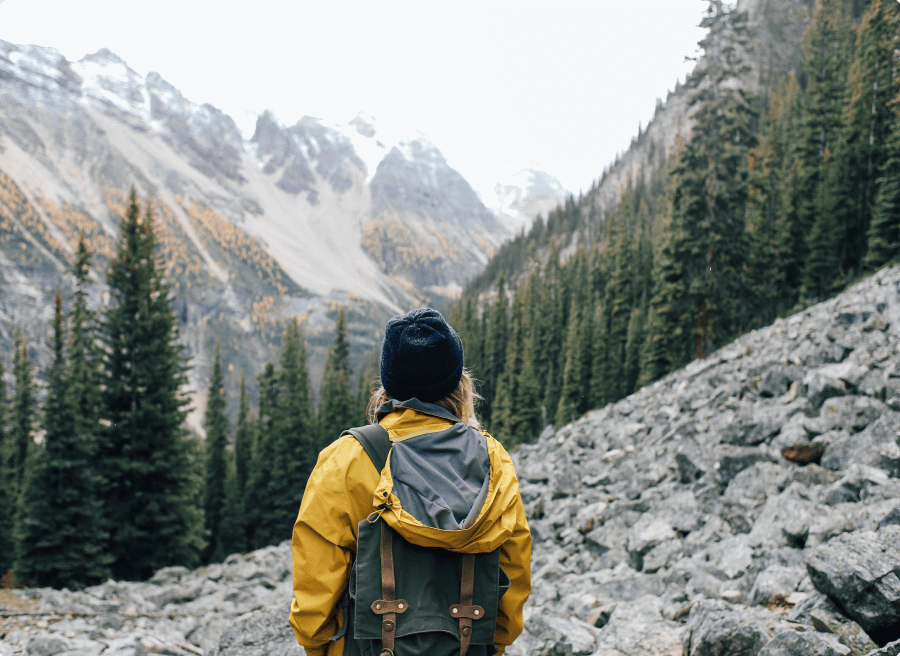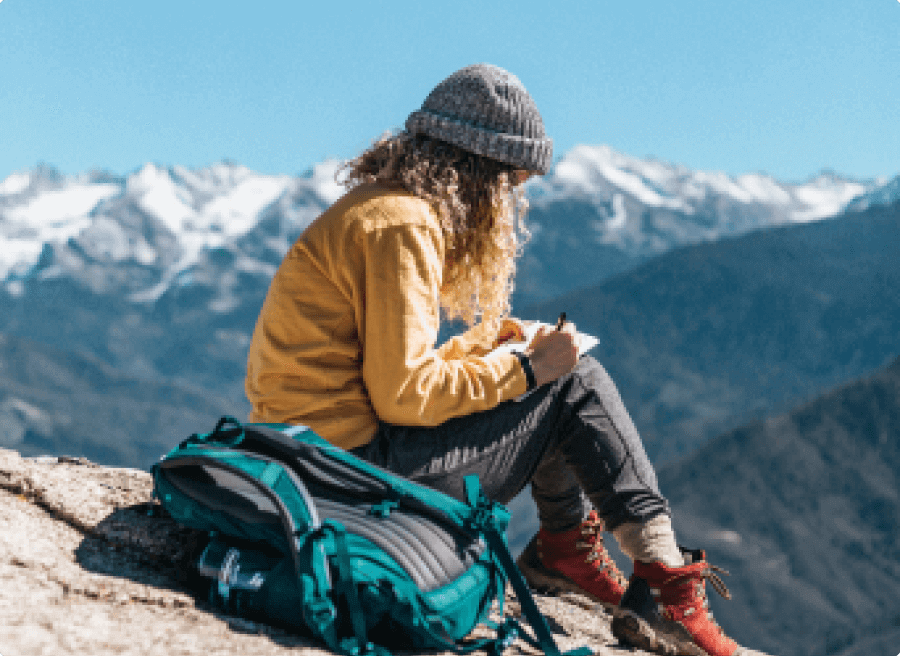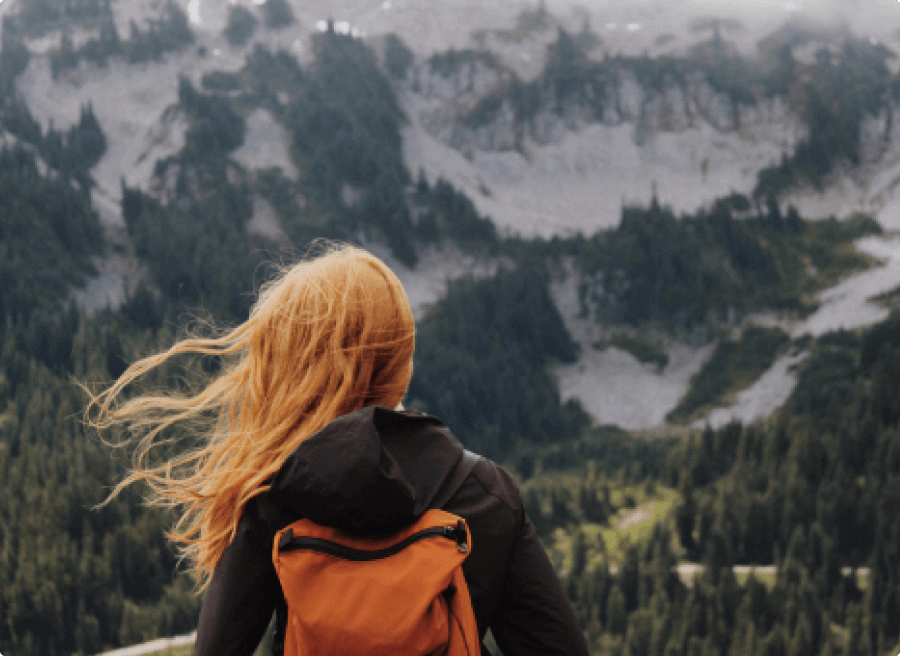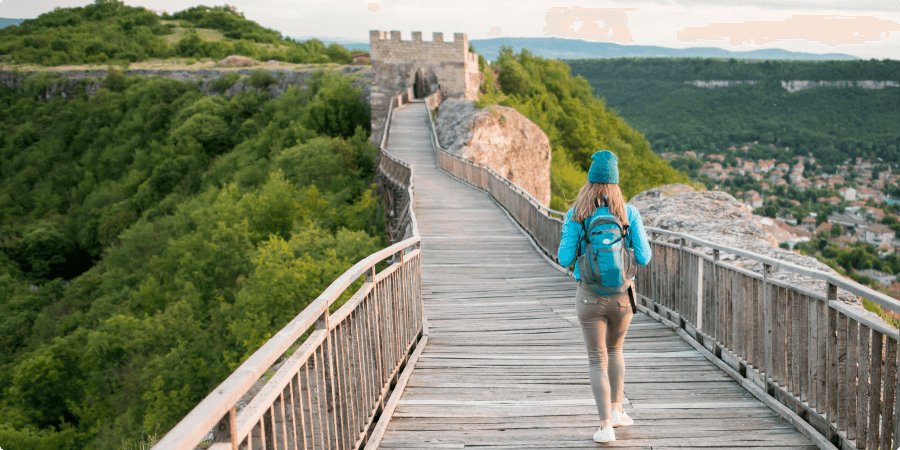Mount Kenya, an emblem of Kenya’s natural beauty and the nation’s namesake, soars high as a symbol of pride and a magnet for adventurers from all over the world. If you’ve ever dreamt of climbing its majestic peaks or are just intrigued by its mystique, here’s everything you need to know about this legendary mountain.
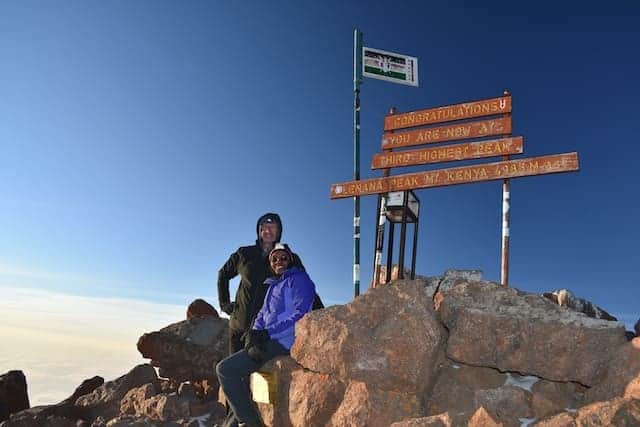
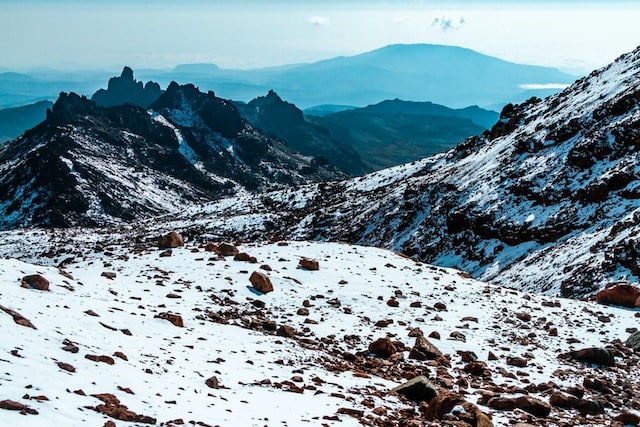
Mount Kenya, a veritable jewel of East Africa, rises from the earth in a spectacular display of geological wonder. A couple of years ago, as I stood at the mountain’s base, gazing upward at its towering peaks, I felt an overwhelming blend of awe and anticipation. The cold, crisp air, punctuated by the calls of distant birds, whispered of adventures yet to come.
Stretching up to the heavens at an astonishing 5,199 meters (17,057 feet), this dormant volcano doesn’t just dominate the landscape; it is the landscape. With its rugged terrain, dotted with deep valleys and gleaming glaciers, Mount Kenya epitomizes Africa’s untamed beauty. As I began my trek, each step took me not just higher into the clouds, but deeper into the mountain’s captivating lore.
Though located precisely at the equator, Mount Kenya isn’t the sun-scorched, barren rock you might expect. Instead, its higher altitudes are home to snowy terrains and mesmerizing glaciers—a contradiction that boggled my mind the first time I saw snow patches shimmering under the equatorial sun!
The Peaks of Mount Kenya
Mount Kenya isn’t a singular peak but a complex of jagged points and plateaus. The three most iconic peaks are Batian, Nelion, and Lenana.
During my climb, a seasoned guide named Samuel shared stories of these peaks. Batian, the loftiest of them all, stands at 5,199 meters. Right next to it, almost like its twin, is Nelion at 5,188 meters. Their proximity and the challenging climb between them—known as the “Gates of Mist”—have tested many seasoned climbers. Lenana, the third-highest at 4,985 meters, is more accessible to the average trekker, yet offers vistas that are nothing short of breathtaking.
I remember waking up at our camp near Lenana, the pre-dawn sky awash with stars. As we made our final ascent in the dark, the horizon began to glow in hues of orange and pink. Reaching the peak just as the sun broke the horizon, the golden light painting the world below in a warm embrace, remains one of the most unforgettable moments of my life.
Each peak of Mount Kenya has its character, its challenges, and its tales. Samuel recounted legends of climbers from decades past, their triumphs, and their tragedies, making each step I took resonate with history and reverence.
Trekking up the slopes of Mount Kenya, you’ll find yourself immersed in a constantly evolving tapestry of life. During one of my journeys, as I ventured from the dense bamboo forests at the base, the scenery began to transform around 2,500 meters. The bamboo gave way to towering timberline forests, the air filled with the intoxicating aroma of wildflowers and moss.
One afternoon, nestled in a clearing, I chanced upon a family of Mount Kenya mole shrews—tiny creatures endemically adapted to this unique environment. And oh, the birds! Their melodies were the soundtrack of the trek, each song a reminder of the over 130 bird species that call this mountain home.
Climbing Mount Kenya
Climbing Mount Kenya is no small feat, and every route has its own personality. My first attempt was through the Naro Moru route, famous for its steep incline and challenging terrains. While it tested my stamina, the lush forests and picturesque valleys made every exertion worthwhile.
On another trek, I opted for the Sirimon route, attracted by tales of its gentler slopes and expansive moorlands. This path offers a more gradual ascent, letting climbers acclimatize better to the altitude. Campfire stories from fellow trekkers painted the Chogoria route in a magical light, with tales of sparkling waterfalls and vibrant vegetation.
Regardless of the chosen path, one thing became clear: preparation is key. Whether you’re an experienced mountaineer or a novice trekker, Mount Kenya‘s unpredictable weather, coupled with its altitude, demands respect and careful planning.
Best Time to Visit
There’s a saying among the local guides, “Mount Kenya creates its own weather.” And while this holds true, some months offer a more forgiving experience than others.
During my most memorable journey in late January, the days were pleasantly cool with azure skies stretched out as far as the eye could see. Nighttime, however, was a different story. The temperatures plummeted, and the tents shimmered with frost by morning. This is the magic of the dry season, which runs from January to February and then again from August to September. These months promise clearer skies and reduced rainfall, making the challenging trek a tad bit more navigable. Be sure to checkout our 4 day Mount Kenya tour for a complete Mount Kenya experience!
Cultural Significance
Mount Kenya isn’t just a geographical marvel; it pulsates with profound cultural and spiritual significance. During my time at a local village at the foothills, an elder named Muthoni shared tales of the mountain’s divine status among the Kikuyu community. To them, the mountain is the dwelling place of Ngai, their deity, and is revered as his earthly throne.
As I sat around a crackling campfire one night, Muthoni recounted tales passed down through generations—of ancestors communicating with the divine, of rituals performed, and of blessings bestowed. It’s a place where the spiritual world intertwines with the physical, a sentiment that echoed in my heart as I watched the sunset bathe Mount Kenya in a golden hue, making it seem otherworldly.
Mount Kenya National Park
The first time I set foot in the Mount Kenya National Park, I was left spellbound. Spread across the higher terrains of the mountain, this UNESCO World Heritage site is a sanctuary of biodiversity. On a guided safari, I encountered various wildlife species, from tree hyraxes scurrying in the underbrush to regal crowned eagles soaring above.
The park also serves as a poignant reminder of the impact of climate change. I remember standing at the foot of one of the receding glaciers, its once mighty expanse now dwindling. The park’s conservation efforts aim not only to protect its residents but also to preserve these ancient ice structures for future generations.
Reflecting on my adventures on and around Mount Kenya, it’s evident that this majestic mountain is more than just its peaks and terrains. It’s an intricate tapestry of nature, culture, and spirituality. Every rock, every trail, every whisper of the wind seemed to tell a story, making my journey an exploration not just of the mountain, but also of deeper connections and realizations.
To anyone with a yearning for adventure, a thirst for understanding, or simply a desire to witness unparalleled beauty, Mount Kenya beckons. It promises not just a physical climb, but an ascension of the soul, leaving you with memories that linger long after you’ve descended its slopes.
